Top 5 tips for protecting staff
While manufacturing isn’t the most dangerous industry in the UK, it is still a high-risk environment compared to many sectors. And that’s why taking extra measures to protect your staff is crucial.
The better protected your employees are, the lower the risk of accident, injury and illness, the higher your staff retention, and the lower the cost to you.
1. Implement clear safety protocols and provide training
Knowledge is key in health and safety – your teams need to know what the risks are, how to mitigate risk and what to do if they identify a hazard.
Make your health and safety policies clear and easy to understand. Establish simple protocols for reporting and addressing safety hazards or equipment malfunctions. And educate your employees – make sure they are all invested in keeping themselves and others safe.
Carry out regular risk assessments
Risk assessments shouldn’t be viewed as a tick-box exercise – they serve an important purpose. They help you identify any new risks or increases in risk levels so you can reduce the risk before an accident or injury occurs.
Encourage open communication
Encourage open communication between employees and management regarding safety concerns. Employees working on the factory floor or using equipment daily can spot risks managers might have overlooked, and their insight can be invaluable.
Make reporting lines easy and clear and provide feedback – let employees know what action has been taken or will be taken. If employees see managers acting on their concerns, it inspires trust, and they are more likely to communicate any future concerns.
Provide ongoing training
Provide employees with regular updates and training regarding safety protocols and guidelines. This should include training on everything from fire safety and emergency evacuation procedures to electrical safety and working in hazardous areas.
Ensure safety warnings and labels are in place
As well as providing training, you should ensure safety warnings and instructions are clearly displayed. This includes ensuring emergency exit routes are signposted, chemicals are correctly labelled, and safety warnings and instructions are displayed on electrical equipment and machinery.
Review your policies regularly
Regularly review and update safety protocols and procedures to ensure they stay relevant and effective. Partner with local experts to stay up to date on best practices and get advice and feedback from your suppliers and contractors.
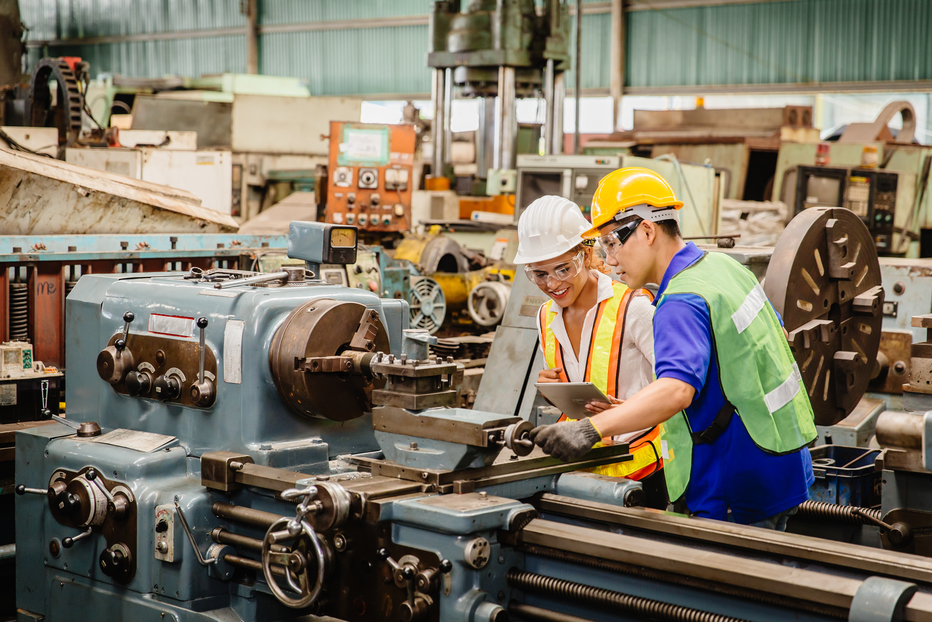
2. Provide adequate equipment and safety measures
You can’t protect your staff if you don’t provide them with the correct equipment or put adequate safety measures in place. Don’t cut corners when it comes to health and safety.
Provide PPE
Provide proper personal protective equipment for employees where required and especially where they are using machinery or coming into contact with hazardous materials.
Keep work areas clean and tidy
Regularly sanitise and disinfect work areas and equipment to reduce the spread of germs and infections. Keep floors and walkways clean and organised to prevent trips, slips, and falls. Store equipment and supplies correctly – use storage cages to transport and store goods and materials.
Install protective measures
Install protective barriers such as plexiglass dividers and safety guards on machinery to prevent contact with moving parts. Utilise guard rails and fences on walkways, landings, and areas where vehicles and machinery are used.
Ensure proper lighting and ventilation
Poor lighting reduces visibility which can lead to accidents, so make sure your lighting system is fit for purpose and replace faulty or dead bulbs quickly. Make sure you have adequate ventilation and keep ducts and filters clean.
Reduce dust
Exposure to dust can cause irreparable damage to the respiratory system. This can include grain dust, sawdust and other fine particles. Invest in adequate dust evacuation and suppression systems and ensure employees wear proper PPE.
Minimise noise
Factories can be noisy environments, and long-term exposure can cause permanent hearing damage, including tinnitus or deafness. Look for machinery or equipment that can lower noise output and try to contain noisy equipment.
3. Utilise technology to mitigate risks
Numerous technologies are available to improve safety and reduce risks within manufacturing environments.
Optimising machine efficiency
When machinery isn’t working efficiently, components can wear more easily. This can lead to electrical faults, which could cause electric shocks or fire hazards. Investing in simple solutions such as voltage optimisation, variable speed drives, and energy-efficient motors can keep your machines operating safely.
Install RCDs (aka GFCIs)
A residual-current device (RCD), also known as a ground fault circuit interrupter (GFCI), is an electrical safety device. It is designed to protect equipment and reduce the risk of serious harm from an ongoing electric shock by detecting unbalanced electrical currents and quickly isolating the circuit.
Safety sensors
Consider using safety sensors to enhance machine and equipment safety. These can include:
• Temperature and humidity sensors
• Pressure sensors
• MEMS (Micro-electro-mechanical systems) sensors
• Torque sensors
Not only can these improve machine safety, but they can also provide you with a wealth of data and improve machine accuracy.
Control and automation
Using automated machinery and equipment reduces the risk of human error and accidents by eliminating the need for manual operation. Centralised vacuum and compressor systems can also minimise noise on the factory floor, making it a safer environment.

4. Ensure equipment is correctly installed, used, and maintained
Don’t put staff at risk by cutting corners when installing equipment and machinery, especially where electricity, moving parts and blades, or chemicals are involved.
Ensure machinery and equipment is stable
Fixed machinery should be fitted on stable ground and secured correctly. Portable equipment should be used on stable surfaces and only used for its intended purposes.
Follow manufacturer’s instructions
Ensure you follow any manufacturer instructions for installing, using, cleaning and maintaining equipment. Use compatible lubricants or cleaning products, replace components as advised, and adhere to the recommended cleaning schedule. Not only will this improve safety, but it will also prolong the lifespan of your equipment.
Protect electrical installations from moisture
Electricity and water do not mix, so ensure you keep electrical equipment and machinery away from water or other sources of moisture to prevent electrical hazards. If you notice any dampness or leaks near electrical fittings or fixtures, switch off the electricity supply to that area and call an electrician or electrical contractor.
Ensure hazardous areas are correctly classified
The Dangerous Substances and Explosive Atmospheres Regulations 2002 (DSEAR) define hazardous areas as "any place in which an explosive atmosphere may occur in quantities such as to require special precautions to protect the safety of workers".
Classification of zones is required to ensure you operate within the guidelines and take the necessary precautions within each area. Correct classification will identify areas with a high chance of an explosive atmosphere occurring and those where it may only occur occasionally or in abnormal circumstances. This helps facilitate the selection and installation of equipment used in that environment, taking into account the properties of any flammable materials present.
Get electrical equipment installed by professionals
Don’t take risks with electricity. Leave electrical installations to qualified electrical contractors, such as AES. They will ensure installations are safe and properly tested and provide guidance on the best service and maintenance schedules.
5. Test, inspect and service equipment regularly
Be proactive when it comes to protecting your staff and your equipment. Test, inspect and service your equipment regularly to reduce the risk of faults and safety issues.
Carry out regular safety checks
Implement processes for conducting basic safety checks at regular intervals. Ensure machine operators know how to identify faults and understand the importance of reporting these faults. Check that machines are operating correctly and look for wear and tear on parts or components.
Implement a cleaning and maintenance schedule
If you want to keep your machines operating safely and efficiently, they must be properly cleaned and maintained. This includes the machinery itself, any ducts and filters, and the surrounding areas.
Repair or replace faulty parts quickly
A lot of machinery can operate with a faulty component, but that doesn’t mean it should. For example, a CNC machine with a weak vacuum will still work, but the weak vacuum could cause vibration, which can lead to boards slipping and chipping. This could result in an operator being injured. Replace faulty components as soon as possible.
Invest in a proactive maintenance plan
Regular maintenance and repair of electrical equipment can prevent fires and electrical hazards. By investing in a proactive maintenance plan, you are not only keeping your machines safe, but you also improve efficiency and extend the lifespan of your equipment.
Protecting your staff with AES
At AES, we specialise in providing electrical contracting services for manufacturers. We can install, inspect and maintain all your electrical installations, including lighting, extraction, wiring and machinery, and we are also CompEx accredited.
This means we have received specialist training to work in hazardous and explosive atmospheres. We can also help you with zone classification in line with DSEAR.
Contact AES if you're concerned about any area of your factory safety or would simply like planned preventative maintenance from a contractor you can trust.
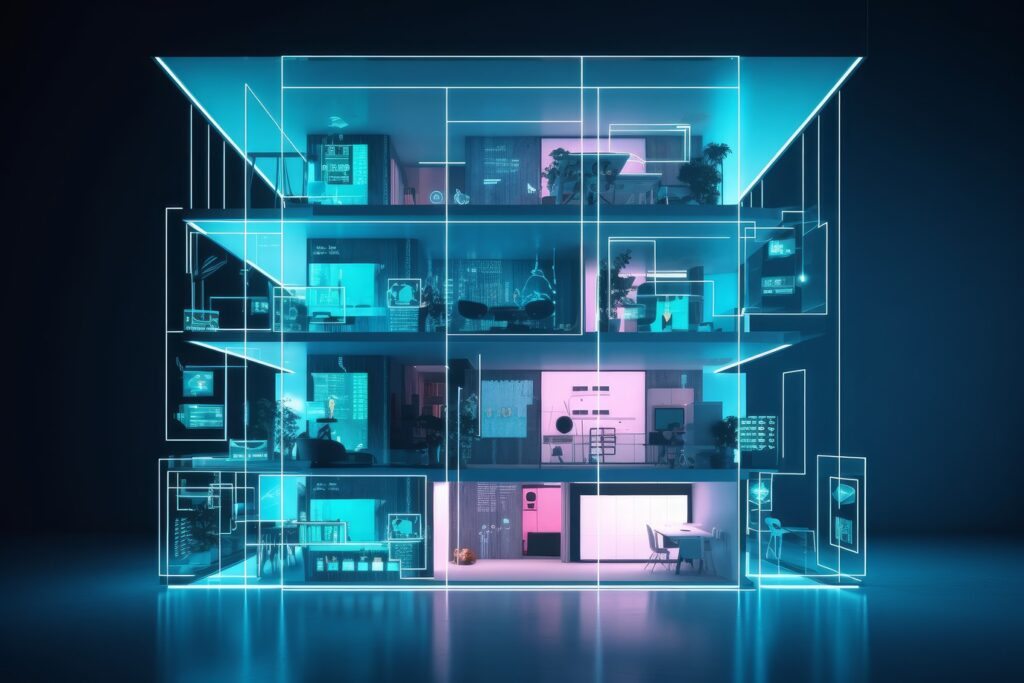
Our guide to building energy management systems
Building energy management systems (BEMS) are systems that allow you to monitor, control, and optimise the energy used within your building. The phrase building energy management system (BEMS) is often used interchangeably with the phrase building management system (BMS), but there are some differences. A BEMS is focused on energy-related systems such as lighting, heating, […]
Read more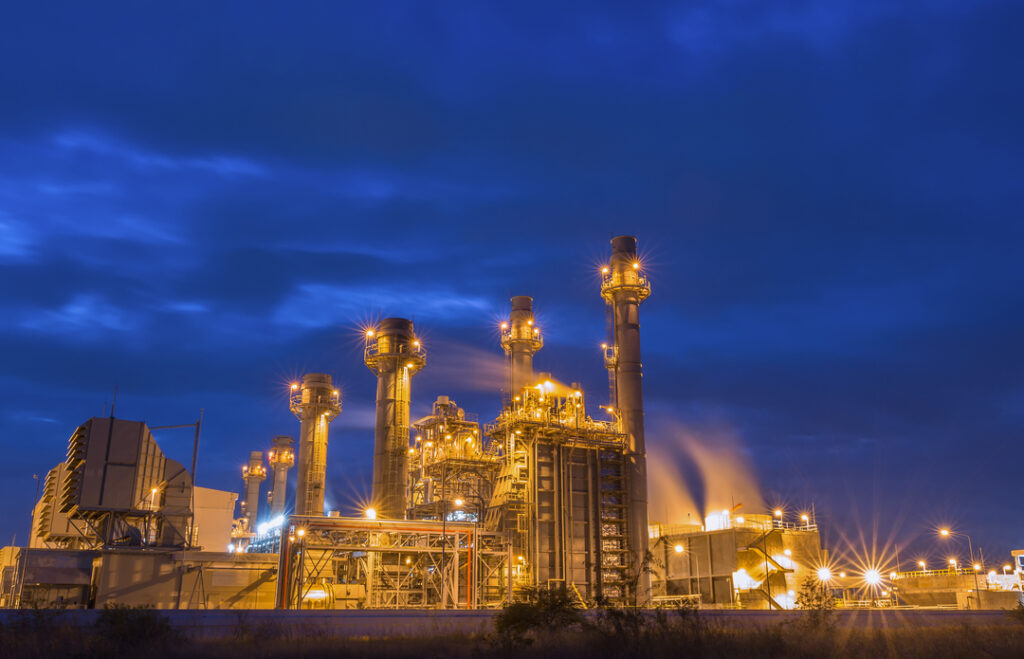
How far does power travel and what impact does distance have on performance
It’s easy to take our electricity supply for granted. We flick a switch and instantly have light or power. We don’t even think about it unless there’s an issue or an outage. But when there is an issue or outage, the impact can be significant. For manufacturers, even the smallest change in power can make […]
Read more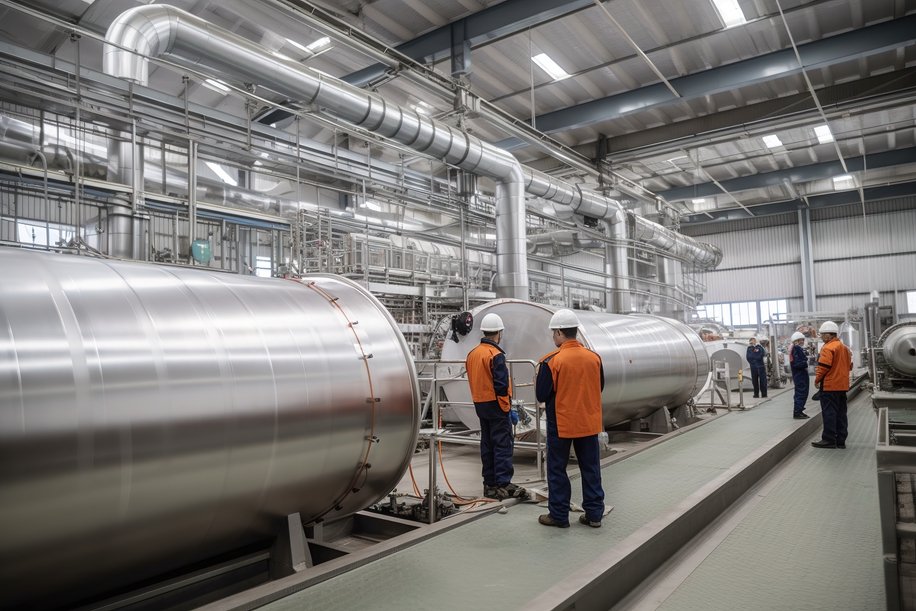
Why visibility of the production process is so important
Operational excellence, efficiency and quality are top priorities for almost every manufacturer worldwide. These things lead to improved productivity, happier customers and reduced waste – all of which result in increased profits. Visibility of the production process is the key to achieving these things. And manufacturers now have access to technology that can provide real-time […]
Read more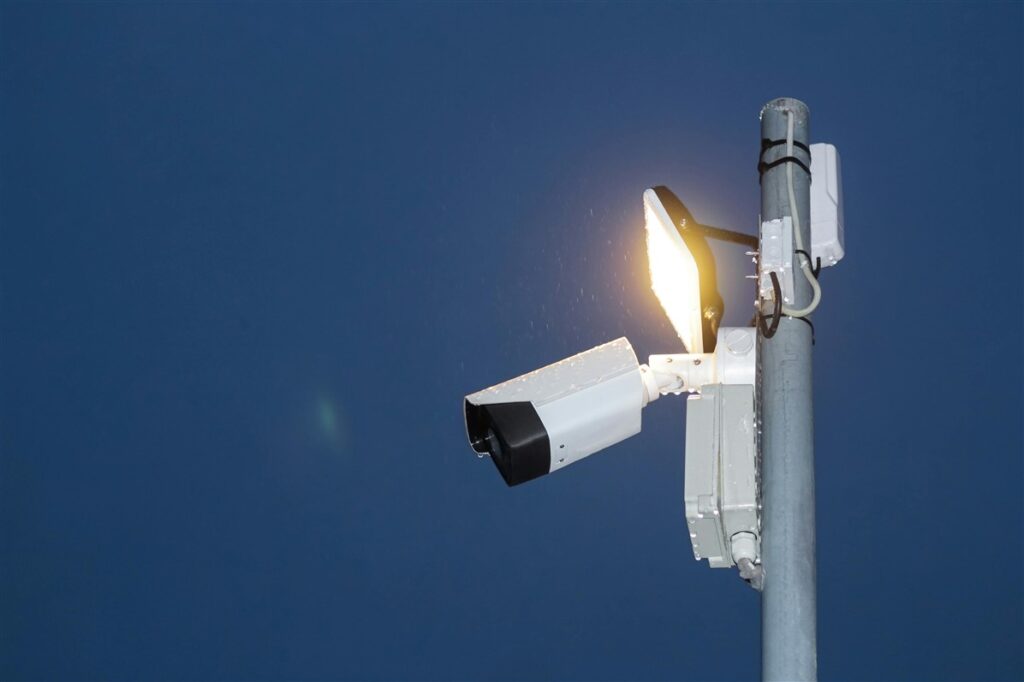
Will security lighting help to protect my staff?
Looking after the safety and well-being of employees should be a priority for any business. And while it’s not possible to mitigate every risk, there are measures you can take to improve their safety and security. One measure that is often overlooked is the installation of security lighting. When daylight disappears, visibility is reduced, increasing […]
Read more
Top 5 considerations when comparing electrical quotes
Budget is always a factor when you’re considering any type of upgrade, revamp, or maintenance work within your factory. But when it comes to electrical work, you have to consider more than just money. Don’t rush into accepting the cheapest electrical quotes without knowing exactly what you’re getting. Electrical work is not an area where […]
Read more
What is the role of companies in reducing our carbon footprint?
We should all be taking responsibility for protecting our planet and a big part of that is reducing our carbon footprint. But while it falls to all of us to do our bit, there is additional pressure on manufacturers, especially those with high carbon emissions. As an absolute minimum, these companies should ensure compliance with […]
Read more

